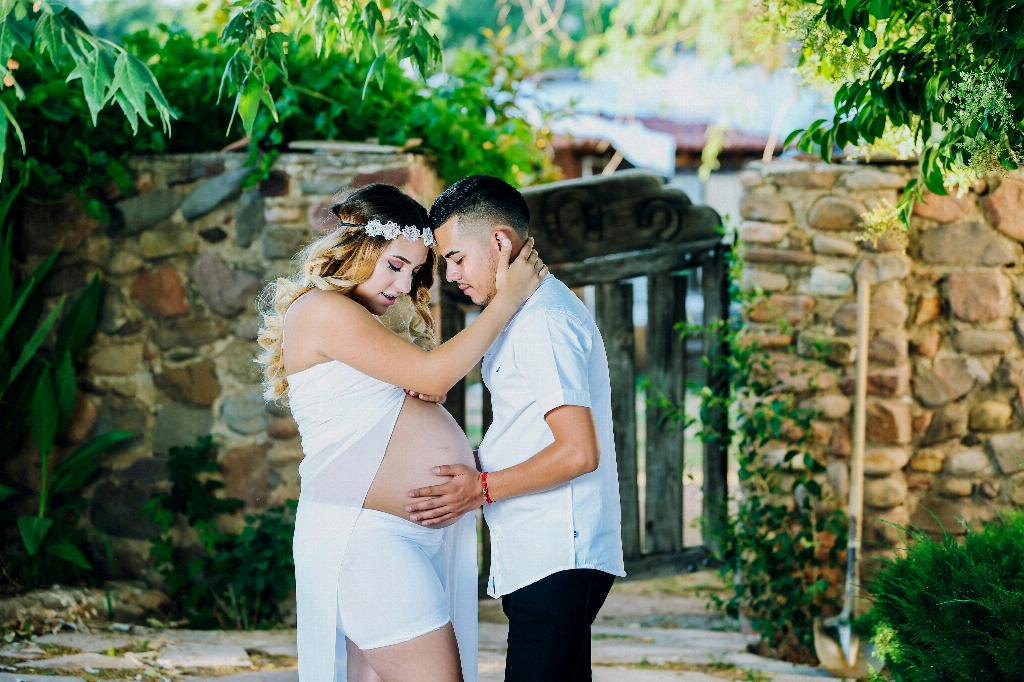Before diving into the question of whether LH levels drop after fertilization, let’s first understand how LH (luteinizing hormone) operates within the menstrual cycle. LH is a crucial hormone that plays a significant role in ovulation and the menstrual cycle. It is produced by the pituitary gland and works in harmony with other hormones such as FSH (follicle-stimulating hormone) to regulate the menstrual cycle.
LH Surge and Ovulation
During the menstrual cycle, there is a surge in LH levels that triggers ovulation. This surge typically occurs around 24-36 hours before ovulation takes place. The surge in LH is essential for stimulating the release of the mature egg from the follicle in the ovary. Ovulation is the process where the mature egg is released from the ovary into the fallopian tube, making it available for fertilization by sperm.
Post-Ovulation Changes in LH Levels
Following ovulation, LH levels in the body typically drop. This drop in LH levels is a natural response to the release of the egg from the ovary. Once the egg is released, the empty follicle transforms into the corpus luteum, a temporary endocrine structure that starts producing progesterone.
Corpus Luteum and Pregnancy
If fertilization occurs and the egg is successfully fertilized by sperm in the fallopian tube, the resulting embryo moves towards the uterus for implantation. The corpus luteum, which is now active after ovulation, continues to produce progesterone to support the early stages of pregnancy.
Continued Progesterone Production
During early pregnancy, the corpus luteum remains active and continues to produce progesterone, which is crucial for maintaining the uterine lining and supporting the developing embryo. This sustained production of progesterone helps create a suitable environment in the uterus for the embryo to implant and grow.
Lack of LH Surge After Fertilization
After fertilization and implantation, there is typically no significant LH surge as ovulation has already occurred. The body transitions into supporting the early stages of pregnancy through the production of progesterone by the corpus luteum. This shift in hormonal balance is essential for sustaining the early pregnancy and preparing the body for the changes ahead.
Role of LH Testing in Fertility Monitoring
LH testing, often done through urine or blood tests, is commonly used in fertility monitoring to predict ovulation. The LH surge detected in these tests indicates that ovulation is likely to occur in the next 24-36 hours, providing a fertile window for couples trying to conceive. After ovulation, LH levels typically decrease, and the focus shifts towards progesterone production to support a potential pregnancy.
Conclusion
In conclusion, LH levels do drop after fertilization, as the body transitions from ovulation to supporting the early stages of pregnancy. Understanding the interplay of hormones like LH and progesterone is crucial in fertility monitoring and pregnancy-related changes. By recognizing these hormonal shifts, individuals can gain insights into their reproductive health and take appropriate steps towards conception and pregnancy.

